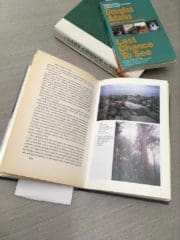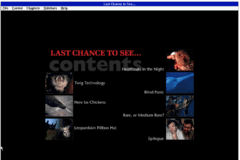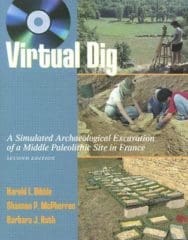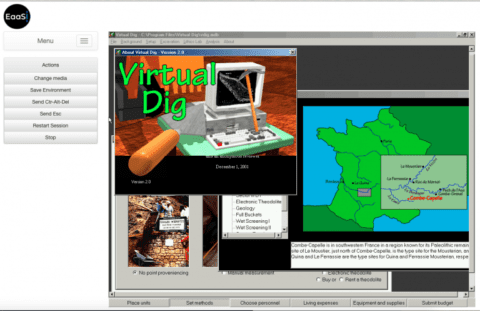Notre Dame started with the EaaSI project a little more than a year ago.We hoped that engaging in the pilot phase implementation cohort would help focus our institutional efforts at software preservation.

Some of us on the team began the project as emulation enthusiasts, and some as emulation skeptics. Our E-Research librarian & EaaSI configuration user really, really wanted to “read” Douglas Adams’ Last Chance to See CD-ROMs again because unlike in the print editions, in the CD-ROM version there are hundreds more photo-illustrations and best of all, you can listen to Adams’ narrate the stories. Last Chance to See was a BBC radio documentary series with an accompanying book written by Douglas Adams, and later, a CD-ROM with his voice recordings. (Learn more here.)
Our Project Lead was hesitant to do one-off emulations unless they had a champion and we could predict they’d have users.


